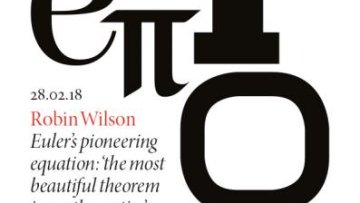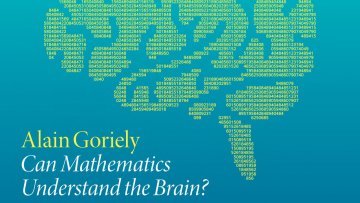15:45
Unbounded rank expanders, property (T), and upgrading
Abstract
The problem of "unbounded rank expanders" asks
whether we can endow a system of generators with a sequence of
special linear groups whose degrees tend to infinity over quotient rings
of Z such that the resulting Cayley graphs form an expander family.
Kassabov answered this question in the affirmative. Furthermore, the
completely satisfactory solution to this question was given by
Ershov and Jaikin--Zapirain (Invent. Math., 2010); they proved
Kazhdan's property (T) for elementary groups over non-commutative
rings. (T) is equivalent to the fixed point property with respect to
actions on Hilbert spaces by isometries.
We provide a new framework to "upgrade" relative fixed point
properties for small subgroups to the fixed point property for the
whole group. It is inspired by work of Shalom (ICM, 2006). Our
main criterion is stated only in terms of intrinsic group structure
(but *without* employing any form of bounded generation).
This, in particular, supplies a simpler (but not quantitative)
alternative proof of the aforementioned result of Ershov and
Jaikin--Zapirain.
If time permits, we will discuss other applications of our result.



